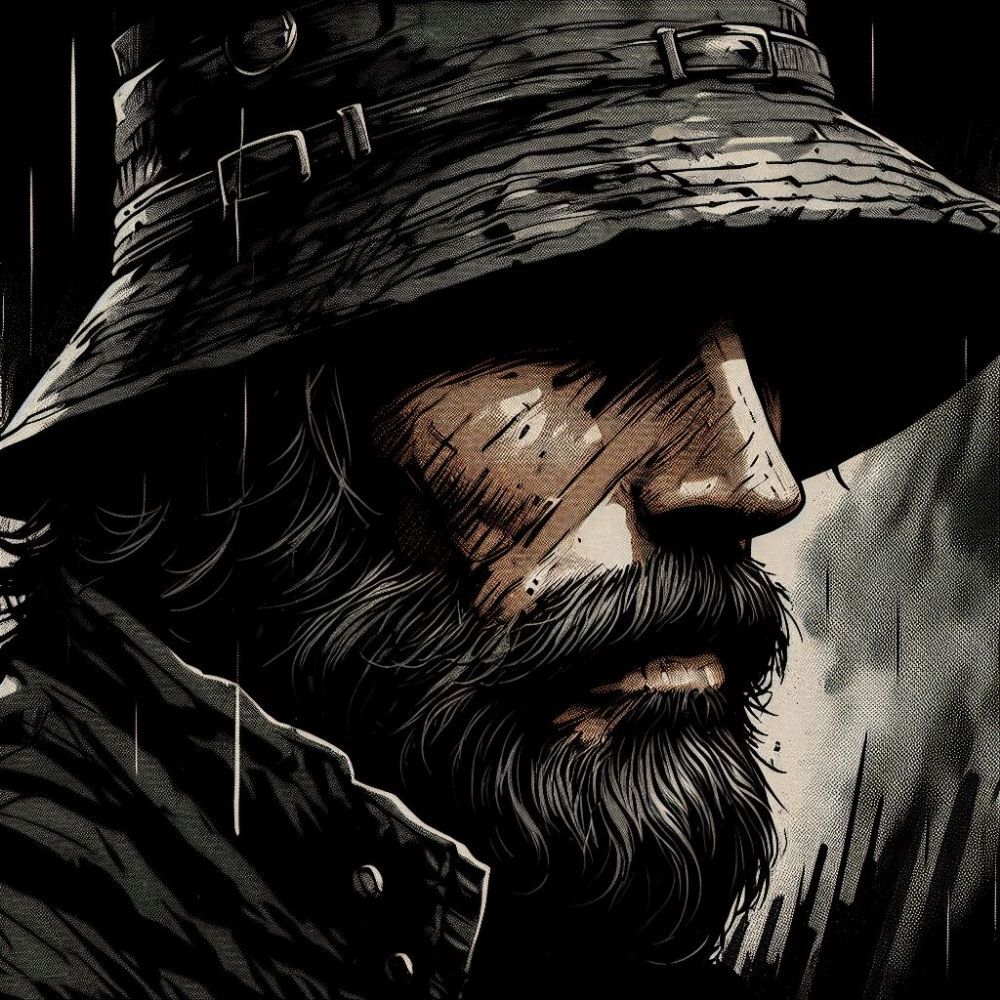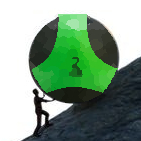Also, no such thing as fish.
Google it.
Impossible. If there were no such thing as fish, how could bees be fish?
I don’t have the tools to know how to respond to this comment. You win.
Edit: Holy shit. I just did a quick google. Boydster is not shitting us. Just google “bees are fish.” Oddly enough, this actually furthers the thesis of fish not existing.
Beavers are also fish.
To add on for anyone who is lazy like me, the thing where Google summarizes says California has classified bees as fish under an environmental protection act. According to the first result (Reddit) it’s because fish is a catch all term in that law. Instead of listing all the animals they just use fish. Because fish,bees, and the other animals are all invertebrates.
Now whoever reads this has three Lemmy comments, a reddit thread reference, and an ai overview reference as some solid sources
Fish are vertebrates they have a backbone
Fish are vertebrates they have a backbone
Some fish are, yeah
Sorry bro, all fish are vertebrates
While I understand it is an arbitrary classification system designed by humans, one of the defining factors of fish is that they are vertebrates.
What about starfishes? Checkmate.
Source?
Because all the sources I’ve come across say that “fish” is not a monophylatic classification and is essentially arbitrary.
What a nicely packaged little subthread to come across while decompressing after a super busy day, lol!
I don’t have the tools to know how to respond to this comment. You win.
This is the best way I’ve ever seen utter befuddlement expressed. Chapeau!
This is like the whole, “triceratops didn’t exist, it’s just a young Torosaurus” thing all over again. My world can’t handle this!
Then what are the dolphins thankful for?
A large variety of aquatic phylogeny that is edible and nutritious for a carnivorous aquatic mammalian diet.
Admittedly it’s going to be harder to put into a show tune, but I’m sure they’ll come up with some catchy names.
Unsurpassable power: https://en.wikipedia.org/wiki/Crabtree
Not to be confused with Dryococelus aka the “tree lobster”
Now we just need crabs to evolve a treecrab and we can have the two battle for the ultimate life form
Good moaning!
The absolute peak of evolution. Everyone, go home.
There are fern trees, conifer trees, and flowering trees. Where are my moss trees?
Except clubmoss isn’t moss iirc? They’re vascular and more of a fern than moss.
Shhhh hahaha
Concentrated sun energy sinks
Trees are like every other plant, ONLY MORE SO
here’s a cool blog post that expands on this There’s no such thing as a tree (phylogenetically)
i didn’t even put it in a bookmark folder, it’s just loose on my bookmark bar because it’s such an interesting post that i reread from time to time
Maybe…but I doubt many of these phylogenies use DNA, and if so, likely only a single or few genes. Nowhere near enough resolution to accurately determine genetic relatedness. Woody plants may actually be more related than we think.
These sorts of phylogenies tend to use morphological characteristics which is an unreliable measure of genetic relatedness.
I will stand corrected if wrong though
Very cool read, thank you
That was a very fun and interesting reading! Thanks for sharing
I always liked the idea of being a tree like life form.
Imagine looking down at a bunch of cute little things crawling all over you for hundreds of years and then one day one of them shows up with an axe
My sister in law recently quipped that “Trees are a social construct” and at first I thought she was just being glib but now I can’t get that statement out of my head.
I listen to a podcast called Completely Arbortrary. They talk about a different tree species each episode. They say trees are a strategy, not a strict definition.
Thanks! Just subscribed. See they have a couple Metasequoia episodes -a favorite of mine .
Are at least all woody plants related?
As far as they are all vascular plants, but that’s like, basically everything that isn’t moss iirc.
The evolution of wood is common because it’s simple for cellulose to get denser in response to a need to grow taller to outcompete your neighbors.
So trees are the “evolve to crabs” meme and wood is like a crab shell. Or, I guess just exoskeleton, because things that aren’t crabs also have hard shells.
I was under the impression that structural lignin was what really made trees a viable style of growth, and that seems like an odd chemical for a bunch of unrelated plants to all evolve. Is there something I’m missing? Is lignin actually present in all vascular plants?
I wasn’t being specific enough. Cell walls in plants are composed of cellulose, henicellulose, and lignin. Lignin IS one of the structural polymers that plants produce, and yea, every single vascular plant has and uses lignin to provide structure. Iirc its a polymer produced by every plant, including mosses and other nonvascular plants, it’s just not used to the same extent.
AH, I see. So, it already existed, but until trees evolved, it wasn’t used to such an extreme extent.
Yea, the evolution of vascularity in plants let them get off the ground in the first place (meaning being taller than a few inches). Vascularity is the first big jump plants made after leaving the water. From there, being taller means outcompeting your neighbors and spreading your babies further. When you have that double whammy of more food + more babies, you get a selective pressure for taller that never really goes away. This is why multiple families have species that have arborized and have continuously done so over their evolutionary history. If the niche is empty, something will jump into it, often sooner rather than later (on a deep time scale) which is basically the whole idea of convergent evolution as a whole.
Well, I’m just a product of my environment.
So that’s why every stargate planet looks like Canada
🤣🤣🤣
Sadly Lemmy isn’t big enough to support niche communities, but I really enjoyed r/unexpectedstargate back in the day.
Isn’t big enough yet ❤️
That and every Stargate planet is Vancouver
By the logic we are not humans…
logic

no, we didn’t have mice and also ants evolve into humans… there’s one distinct line of ancestors…
it’s called convergent evolution. check out wikipedia
Its trees and crabs all the way down.
The genus Cornus is a huge middle finger to growth-form-based taxonomy. It contains dogwood trees and also bunchberry, an itty bitty herb that grows on the forest floor.
The first “trees” were also lycopods whose closest extant relatives are the club mosses, a name which gives you an idea of how big they get. All the coal in the world is from a period where plants figured out wood before decomposers learned how to break it down and is mainly the result of a bunch of lycopod trunks sinking into peat bugs and slowly getting compressed.
We use a specific type of Lycopodium as a control group to calculate pollen counts and various other metrics in palaeoecology. It’s pollen is super distinct.

That’s super neat. Is that little triangular bit at the top a germ pore or something else? It’s funny how you get one clade that takes what you’d think would be a really optimizable form like a spore or a pollen grain and takes a left turn with it. In fungi, Entolomas are really identifiable because their spores are pink and cube shaped.

The Y like structure comes from their formation in a sort of honeycomb cluster of 4. This structure makes them easy to break off from the host and also provides a weak point for germination. :) I wish I could differentiate fungal spores, I see a lot of them.
Oof, I do not envy anyone trying to identify fungi through the fossil record. Color and fruiting body structure tend to play pretty big roles in ID because the spores themselves tend to be small and fragile, so except for a few genera that are known for highly ornamented spores it can be pretty challenging.













